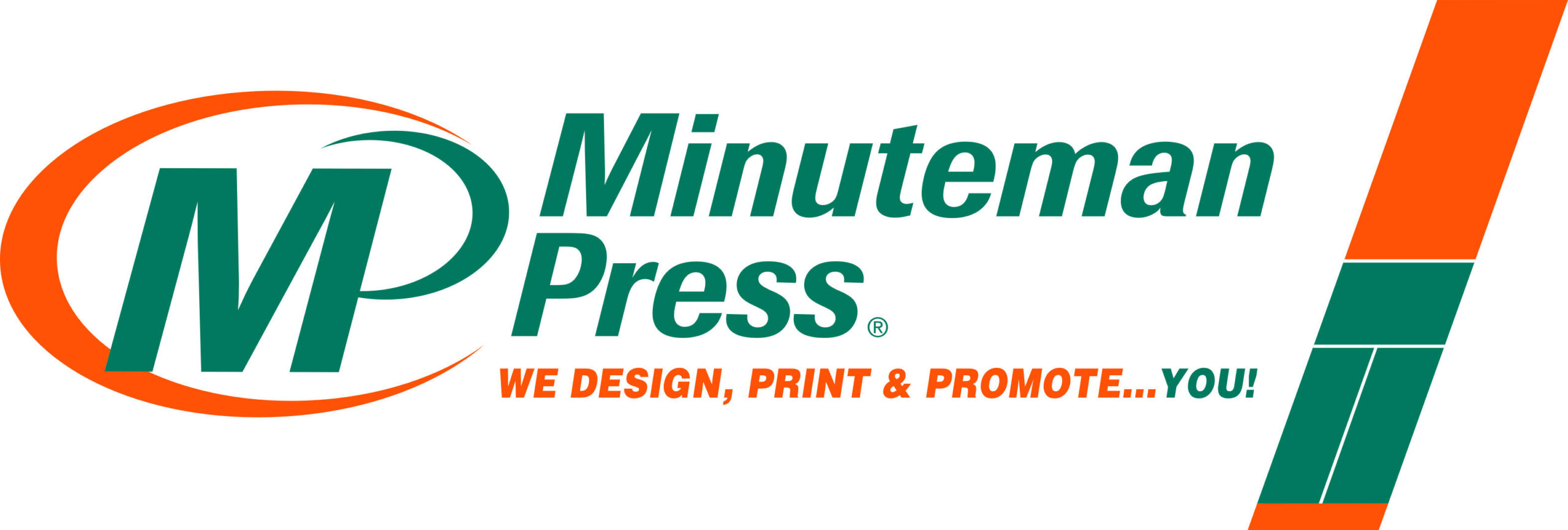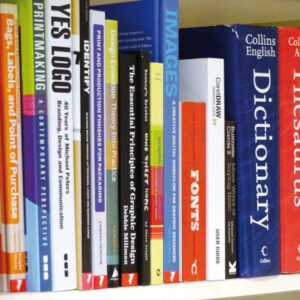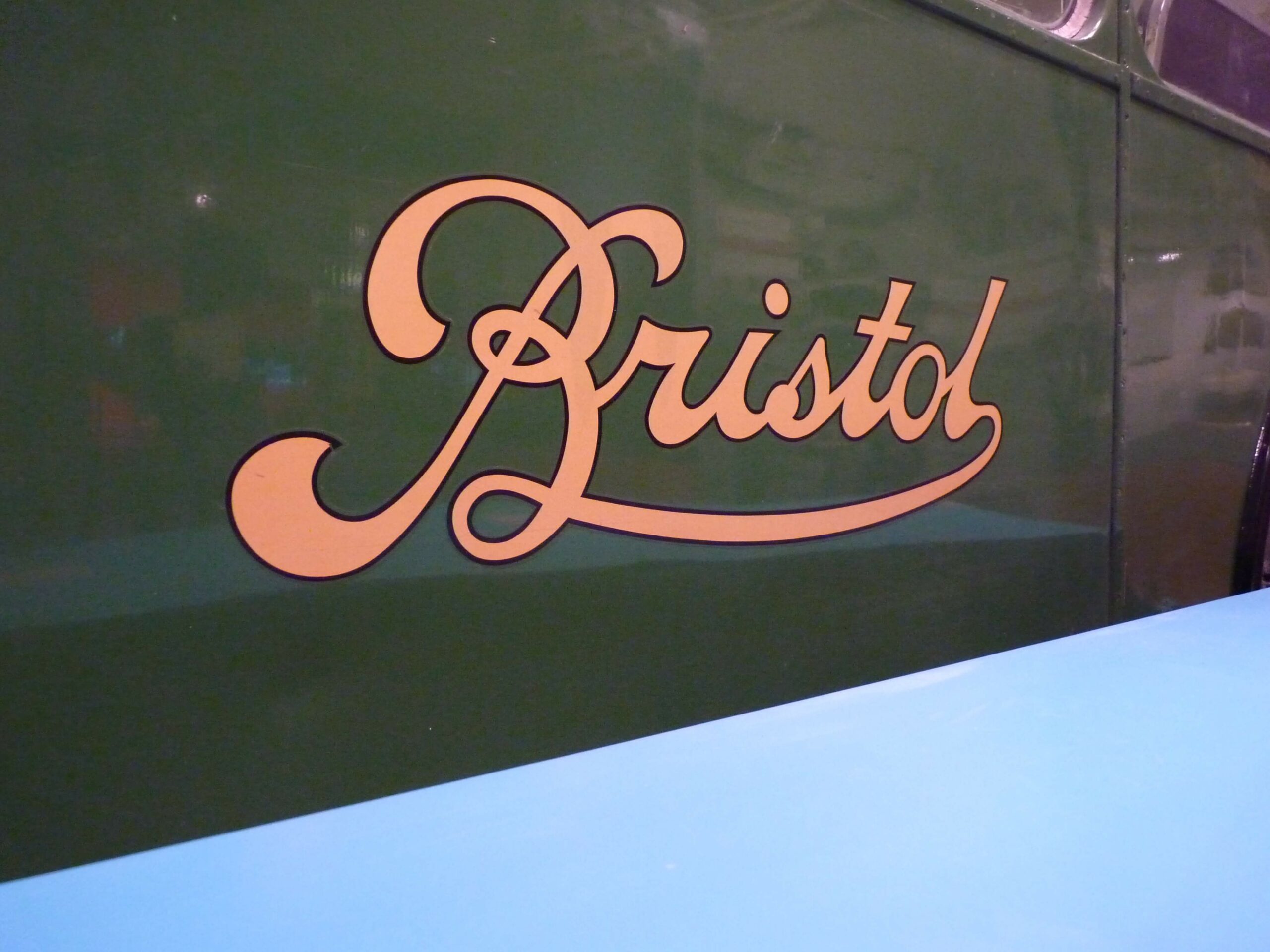The copyright law originated in the UK from a concept of common law; the Statute of Anne 1709. It became statutory with the passing of the Copyright Act 1911. The current act is the Copyright, Designs and Patents Act 1988.
However, although copyright protected, there are certain conditions within which copyright material can be used. This is termed “Fair use” amongst many other terms and it relates to a framework within UK copyright law that specifically relates to the free use of copyright material. This article outlines in detail the various facets of fair use within the copyright framework.
Fair usage copyright: The 5% rule?
Within UK copyright law there exists a concept that is variously termed “fair use”, “free use” or “fair practice” amongst other terminology. The aim of this framework is to enable the use of certain copyright material to be used or reproduced without the need to seek permission from the copyright owner.
Fair use copyright is actually classed as an exception to the standard UK copyright law and is governed by sections 29 and 30 of the Copyright, Designs and Patents Act 1988. Within these sections are outlined instances in which fair use is considered a legitimate defense. There are several instances that relate to use in the following ways, for example, private research or study, review, criticism or for quotation and the reporting of current events.
What is covered by Fair Use Law?
A surprising number of copyright materials are covered. This includes text based content, musical, dramatic as well as typographical, literary and artistic work. The one key exception is that this law does not cover printed music that is subject to copyright.
What exactly is Fair Use?
There in lies the problem, because in fact, there is no actual statutory definition. It is open to interpretation. Whilst common belief is that there are certain percentages in terms of copying, there are actually no defined rules. Although the reality is that there are in fact a variety of different sources that provide advice and guidance on fair use, which is dependent upon the purpose of the copied material.
The Intellectual Property Office (IPO) provides a list of factors that determine whether fair use is fair; this includes the following elements:
- Has the use of the work had an impact on the original work in terms of revenue or value? If so then use is unlikely to be considered fair
- Was the amount of copyright material used reasonable?
aa
In addition other factors, although not directly mentioned within IPO guidelines, should be taken into account. This includes:
- Is the material copied to be used for commercial of non-commercial use?
aa
The use of the material in terms of whether it is for commercial or non-commercial use is a critical question. Typically non-commercial use is often considered fair use.
Key Elements of Fair Use
The term fair use when defined by the Copyright, Designs and Patents act 1988 is also often referred to as fair practice and fair dealing. It depends on what the use is for, as each respective section has its own guidelines. The sections are:
- Private Study / Exploration
- Examination / Instruction
- Quotation / Critique / Review
- Current News Reporting
- Parody / Pastiche / Caricature
- Text / Data Mining
aa
So this means that in terms of fair use, each section listed previously has specific guidelines, which are outlined below:
Private Study / Exploration
Common quoted figures such as 5% or one chapter are in fact taken from the Society of Authors issued fair use copyright guidance, from 1965, within which it provides guidance relating to what would be considered acceptable for study and exploration. This translates to the following:
- An article from one issue of a journal
- Up to 10% of a short book (a short book is up to 200pp)
- Up to 5% or one chapter of a book, whichever is greater
- A report from a law case
- Up to 10pp of a short story or a poem
aa
This typically relates to the individual requiring the copy, to actually copy the material themselves or other people may copy a single copy on behalf of the aforementioned individual.
Examination / Instruction
When it comes to fair use for the purpose of examination and / or instruction, the Intellectual Property Offices’ exceptions to copyright for Education and Teaching provide guidelines which allow for film, television, sound, musical, dramatic and artistic work to be copied. The guidelines state that:
- Any copying of the work is carried out by either the student or the individual instructor
- No use of reprographics is used in the copying
- An acknowledgment of the source is undertaken
- That it is purely non-commercial in nature
aa
Quotation / Critique / Review
When copying for the purpose of quotation, critique or review, the following conditions are advised by the Society of Authors. Note, however, that the advice relates to only limited citations of any work and for sole use of the purpose. The guidelines advise the following:
- If the work in question is available publicly
- Acknowledgement of the source
- Supplementary information is added to the quoted material, such as assessment or topical discussion
- For the purpose of review the quantity of material utilised is acceptable
aa
Current News Reporting
In terms of current reporting, section 30(2 – 3) of the Copyright, Designs and Patents Act 1988 advises the following permitted conditions when using copyright material for reporting of current events. These are:
- The copyright content is not a photograph
- Acknowledgment of the source is provided
- For the purpose of the news story, the amount of material is considered acceptable for its purpose
aa
Parody / Pastiche / Caricature
For the purpose of parody, pastiche and caricature, section 30A, schedule 2(2a) of the Copyright, Designs and Patents Act 1988 offers a list; whilst the IPO provides guidance that says that fair use needs to be proportionate and fair.
Text / Data Mining
Text and data mining can be a difficult section in terms of copyright; however the IPO states that if lawful access is already provided then an exception to copyright exists for the purpose of computation analysis.
In addition the following guidelines are also suggested:
- Whole copies of the material can be made
- Attribution of the material must be made
- No contracts can override the exception
aa
So as may be seen, the fair use of copyright materials can in some ways be a complex issue. With no statutes in place, interpretation is subjective, however with guidelines provided by the various regulatory bodies and associated institutions related to each section, a sensible approach is available, which ensures compliance with copyright law.
This article is for guidance only and should not be constituted as legal advice. The note reflects information available as at May 2017.












